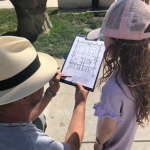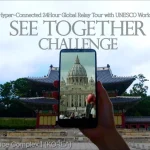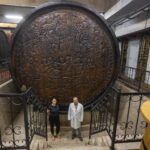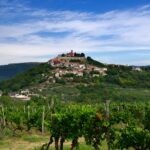Split is in the middle of a tourism boom, a destination which has changed a lot in the last ten years. TCN caught up with local tour guide and journalist Ivica Profaca to found out how his native city is changing.
1. For a long time Split was a transit zone, known as the Gateway to the Islands, and today it has become one of the trendiest destinations in Europe. Tell us a little about the transformation over the last ten years.
Split turned into a final destination, instead of a transit town, soon after the Balkans war ended. It was just re-discovered as a place where it’s nice to stay, not only to change transport. Also, the roads got better, and my guessing is that we can also thank that to those who ignited a good online response with new restaurants or other spots worth of visiting. Once you entered Split old town, especially Diocletian’s Palace, it was easy to spread a good word about it. And it’s great to be recognized as a visit-worthy town. The problem is that I believe large parts of it just happened. This boom would have been even bigger if there was enough accommodation, especially hotels, besides the thousands of apartments. Ultra Europe definitely contributed, for better or worse, depending on your view. Also, we must take in account the crisis on other travel markets.We will see how long it will last, trends can change overnight.
The problem is that if party-people to whom Split relies on a lot decide to move on, who will bring back other categories? There are really a lot of people who avoid party destinations, I think we should turn to them because Split and its vicinity with so much historical and natural landmarks is perfect for a wider range of guests, not just those willing to party. We will need some time to realize that, because right now it brings too much money to let anyone try to change the strategy.
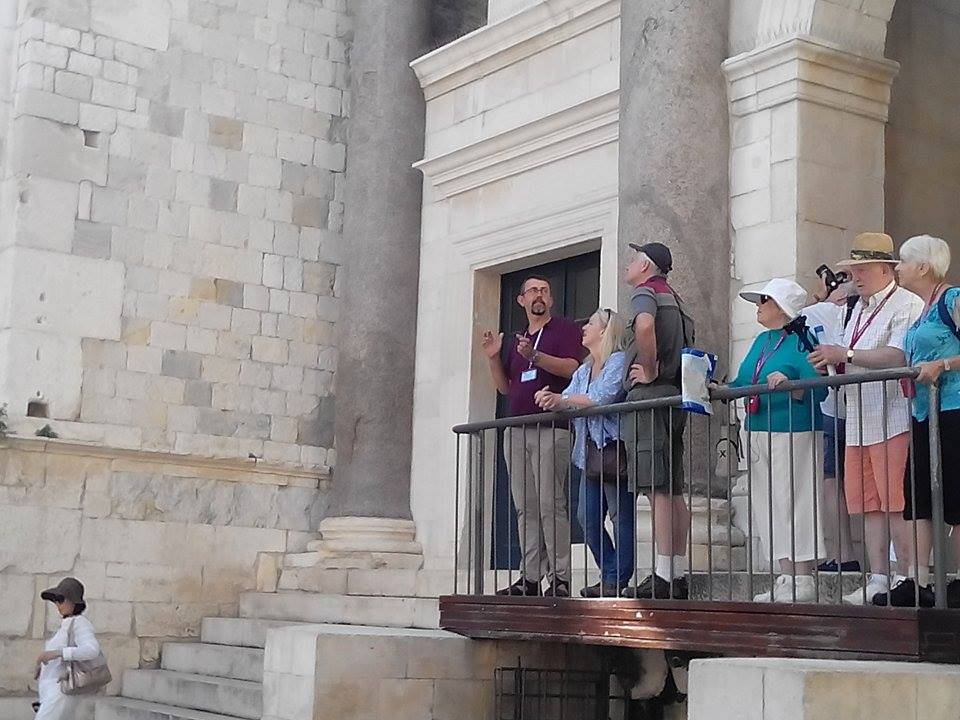
2. So many airlines are now flying to Split and the season is getting longer. At the other end, Advent in Split is bringing winter to life, and Split is really becoming a 12-month destination. How is this affecting life for local people – positives and negatives.
I really don’t know how important Advent in Split is for tourism. There are more guests than in years before it started, but I believe they would come anyway. There are practically no international flights in winter time, except Rome, Munich and Frankfurt so those who want to come to Split must fly through Zagreb. In such a situation it’s almost impossible to create any kind of strategy. It’s amazing that Croatia Airlines has not recognized the potential of London-Split connections during winter, after three to five flights a day during summer. As a national state-owned airline they should have maintained some of it. Also, their flights would have been a message to others, because if there would be interest on their flights, other companies would follow.
Therefore, Advent in Split mostly relies on locals, and it’s great that so many people are attracted to the old town, because they have content to visit. There are some negative sides, prices are one of them, and it’s questionable how much locals really spend. Now when you made me think about it, it would be great if we don’t need a special event to have content for locals to have a good time in their own town.
The hospitality industry should be attractive for all any time, not just when someone says “it’s fun time” because it’s easier to sell. This way it’s like one big New Year party, when you want to look like having a good time because you are supposed to, even if you don’t feel like it. Anyway, people like it, and it’s comforting to see locals finding a reason to enjoy Split.
3. Why do you think Split has become so popular?
Partly I have already answered on that. Suddenly it had something to offer that made people stay and realize that there is plenty to see. After that, the story just spread out. Maybe that popularity wouldn’t rise on this scale without Ultra, but it started before that festival arrived in Split. After all, that’s why Ultra chose Split as its home, because it’s easy to get here, especially with the increasing number of low cost airlines. As I said, the rise started before Ultra, and I’m sure that even without Ultra, the numbers would have risen too. Maybe not at such speed, but they would have increased. Ultra just removed all the brakes, and changed what Split offers to guests. However, there is so much more in Split that was recognized, from heritage to gastronomy, and I’m glad there are still many guests who like that.
4. UNESCO World Heritage Site Diocletian’s Palace has undergone tremendous change in the last ten years, perhaps more than an any time in its 1700 year history. Locals residents have moved out in favour of renting out apartments, or renting to bars, hostels and shops. As a Split resident, How do you feel about the palace today compared to previous times?
Recently I saw film “A Wonderful Night in Split” made in 2004., and it’s amazing how much it has changed. Back in the 1990s (not to mention time of my youth in the 1980s) it was a dark place where just a few people wandered around in the evening. In the meantime, it turned to a combination of a historical spot worth of visiting and Disneyland. It went from one extreme, to another, where everything has just one function – tourism. I can understand people selling their properties for a good price, or turning them into accommodation, because they need something to live from, and they are just seizing their opportunity.
What I don’t understand is that nobody is doing anything to create some kind of frame not to be crossed. We have almost no public space which is not turned into a commercial facility. There are streets which are impossible to pass through, and squares turned into passages. Did you know that there is not a single florist anywhere in the old town? Soon there wouldn’t be any other daily life stores, just bars, fast foods, restaurants and accommodation.
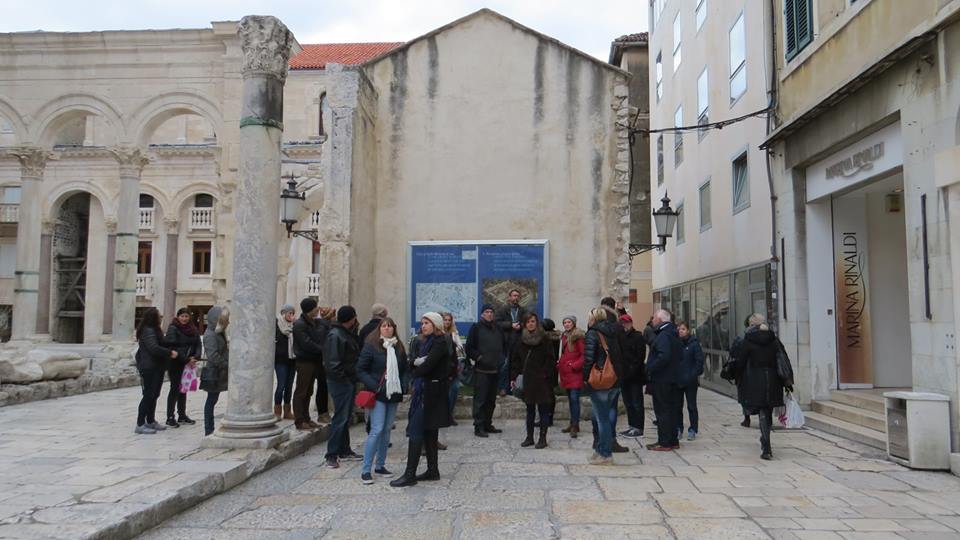
Fortunately we still have habits like going to green and fish market, so nobody will dare to move them, like they did in Dubrovnik. I was joking a few years ago that a supermarket opening is a cultural event, because it points out that there are people who need it. It’s not a joke. There should be some level not to be crossed. The usual explanation is that it’s like that anywhere in tourist cities. Well, not really true. It is like that in Venice, but Venice is a mistake we need to avoid, not to follow. No matter how crowded many cities with Split-like heritage and beauty are, there are limits. We don’t need to invent anything, just to look around and learn from others’ mistakes. If a market as huge as Barcelona is trying to revive the local spirit, why aren’t we? That’s not happening, and the usual mantra you can hear is “let’s take money while it last”. The problem is that it won’t last long that way.
5. Tell us a little about the profile of the tourist day compared to ten years ago. Where are they from, how long are they staying, and what are they doing?
Maybe I’m not really relevant for that, because I didn’t have much contact with tourists ten years ago, and most of the tourists I’m meeting now are those interested in history on some level, at least within the Game of Thrones framework. Also, being licensed for English, my guests are mostly from English-speaking countries. I know there are many others, of a different kind, during the season it’s mostly a sea-sun-sex-party-drinking game, now we have a lot of Asians because they usually travel off season. I would like to keep tourists longer in Split, but that’s what modern tourism is about. Nobody wants to stay at one place longer than needed, it’s mostly “come-see-take photo-enjoy later” trend which is global, not really connected with Split and Croatia. The good thing is that so many of them really want to learn, at least on a basic knowledge level.
6. As a tour guide, what are the most popular tours, and how easy is it to get tourists beyond the obvious tourist attractions?
It depends on guests, and also on group size. Those two-hour Palace tours are most common, but many people want to see Game of Thrones sites. It’s almost impossible to make those from big groups beyond the obvious, but small or family groups are easy to re-direct them elsewhere, except if they just stopped here for a day or two. They like to hear advics, and I’m trying to make them experience some more local lifestyle and spots. It sounds worn out as a phrase when you say it, but really, any kind of hidden part of local spirit is attractive to most of them
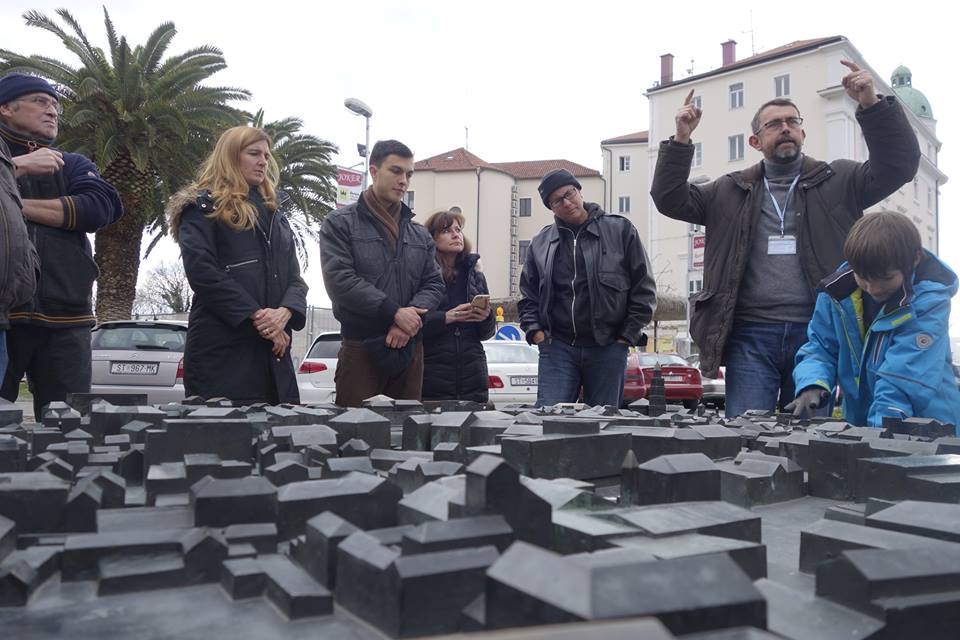
7. As a local working in tourism, are you happy with the way tourism is developing in Split? What are the positives and negatives?
First, as Split lost its main industries, tourism is a source of living for many people. On that side it’s good that it happened, and that it develops. Second, as someone in love with Split, it’s great to see so many people realizing it’s a place worth visiting. Third, I always loved this Babylon-like diversity of so many different people around, it’s good for our young people to meet their peers from all over the world. These are all positives.
Negatives would be those I have mentioned before, losing the local spirit of Split, and turning its most valuable parts into a mere tourist attraction, after they were a place of living for 17 centuries. I don’t want my city to look like Dubrovnik or Venice in winter, as a ghost town. I want it to be full of life, but not just life as something to show to tourists. Nobody is forcing us out of the old town, but circumstances are that there is less and less things we can enjoy there, with reasons ranging from overcrowding in the season, to prices year-round. And last but not least, I always thought that main negative side is not branding Split for its heritage. If Florence or Sienna or Granada don’t have party-like noise anywhere around old towns, why should Split have it, with six UNESCO sites within a two-hour trip?
8. Let us into your secret Split. Three things that most tourists do not visit but you highly recommend.
It’s getting hard to find such three things, because people have discovered all they could.
1. Marjan – Yes, you can see tourists around, and it would be dangerous for it to get over-visited, but it’s a beautiful place, and I find a lot of peace there.
2. Neighbourhoods outside Diocletian’s Palace, both old and those new, socialism-era style. Firstly there are some of the last remains of old Dalmatia, especially if you try not to look at it only as an attractive accommodation spot. New neighbourhoods hide some very interesting modern architecture and urbanism pieces, for example in Spinut/Poljud area and in Split 3.
3. This is not an exact spot, but rather a way of seeing Split in a different way. Walk around at night, or really early in the morning, when most people are still asleep. Just walk, and look around you. Details are everywhere, as well as little signs of life that you might not notice surrounded with thousands of other tourists.
To connect with Ivica Profaca and learn more of his excellent Split guiding tours, visit his official Facebook page.

